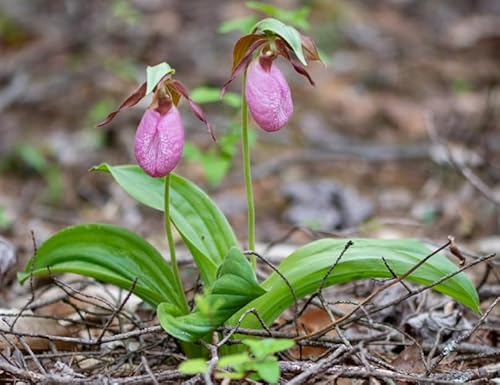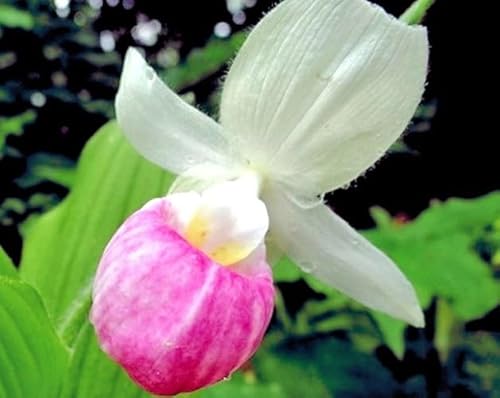Stone
Well-Known Member
Got the pics this morning.
This plant is Caulaelia Mizoguchi, currently in bloom with 3 spikes. Total 7 p'bulbs, 3 blooming, 3 loosing leaves, and one previously bloomed p'bulb so far staying green. None of these 7 p'bubs are more than 3 years old.
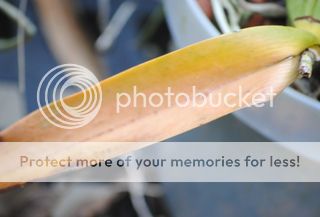
This is Guarianthe aurian.... don't make me spell itThis is one of those exceptions it is not currently in bloom. (Mine bloom later here) A lot of p'bulbs, maybe 30+, of which in the past month, at least 10 have done this. You can see a clearly defined line, I want to comment, there is no shade/sun line on this leaf to cause that.
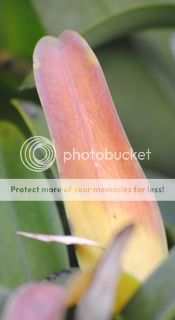
Now these next two are Hoyas which are also epiphytes, and which I am also seeing leaf issues with. They get the exact same treatment as the orchids. I show these because its a good comparison. This is not light related. These two are very closely related species, growing beside each other. The first on is in LECA, the second one is still in an organic media. Same watering, same light, same temps, same fertilizing rate and frequency.
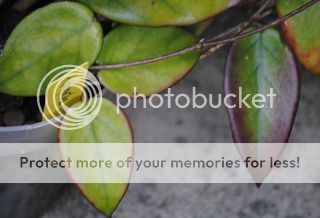

And two root photos, two different plants that I choose to try and show the average out there. The first one, it's been about three years in it's current pot, the second one was repotted last summer.
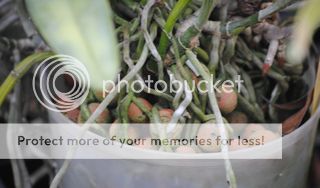
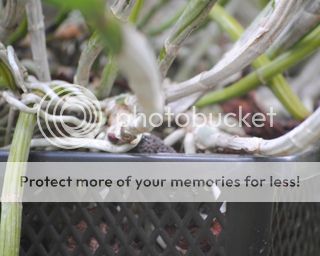
Not sure about the orchids but the hoyas have Mg deficiency guarranteed. Maybe also some N issue as well? What is your mix pH? and do you use any Ammonium or Urea?







